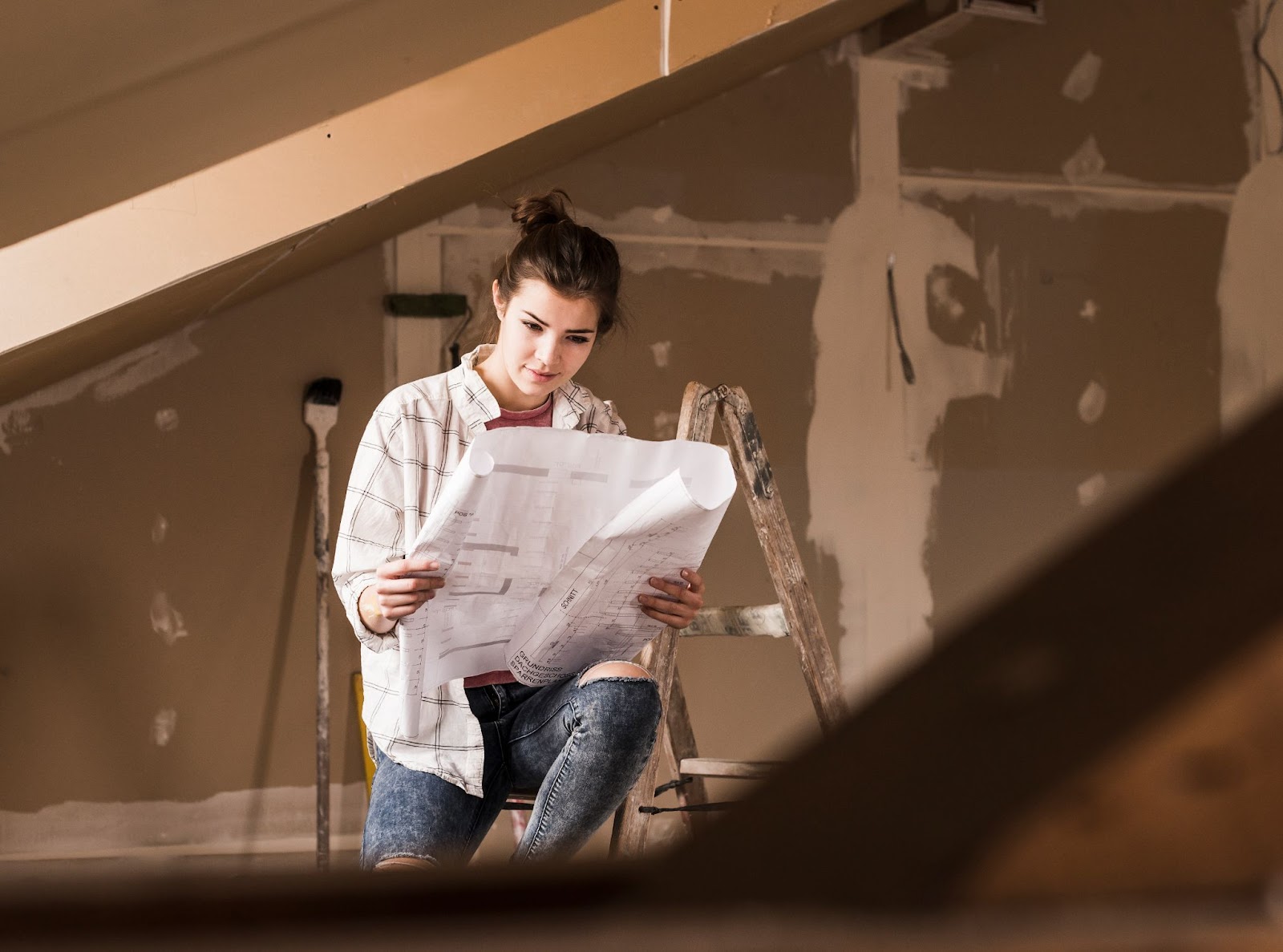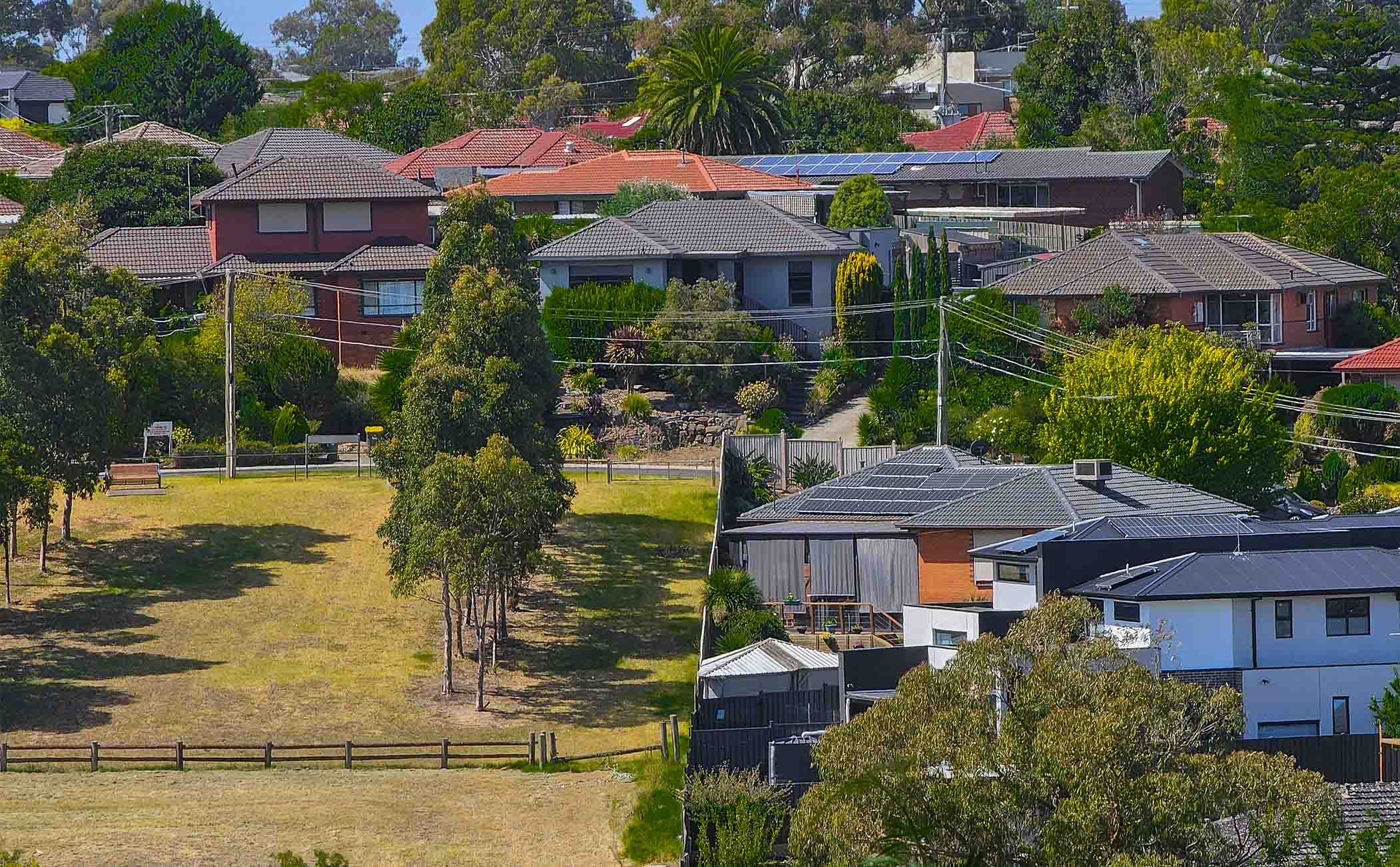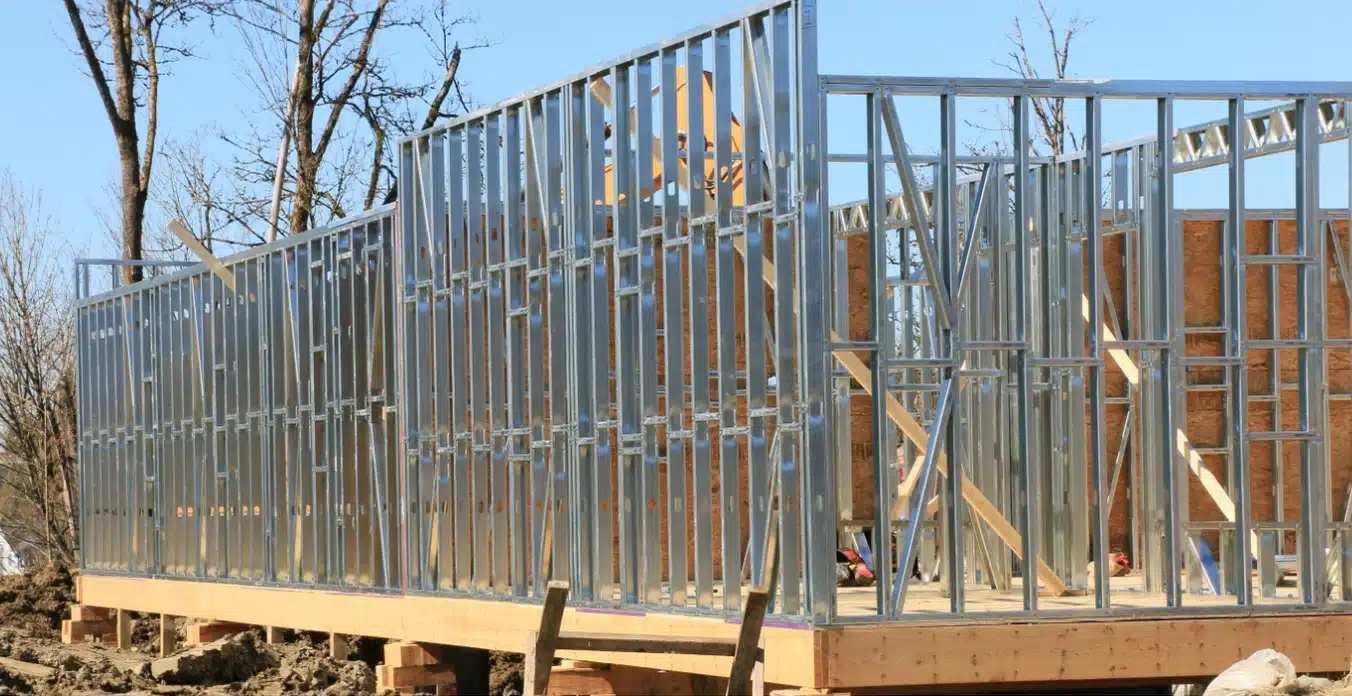What is the Big Build?
Back in 2016, The Victorian government officially released the plan for Victoria’s Big Build. This was – and is – the single largest underground and overground road and rail infrastructure build in Victorian history, and it’s being done for good reason. State population estimates going back to the early 2000s have projected that the population of Victoria would reach 10 million by 2051, and it’s only going to go higher and grow faster from there. A critical infrastructure rework with the goal to accommodate and sustain such a massive population has been fundamentally necessary for years. Multiple governments have known about this issue for decades, economists and labour forces have called for it, and it’s finally happening.
But for the people who have to deal with the builds, the predictable ballooning of costs, the protestations of opposing political parties and the continued complications from covid, the big build might seem like more trouble than it’s worth.
What is the Big Build building?
The Big Build is set to deliver a total of 165 major road and rail projects, including:
- Metro Tunnel, a second underground railway for Melbourne, with 5 new stations removal of 110 level crossings across Melbourne by 2030
- West Gate Tunnel, an alternative to the West Gate Bridge
- North East Link, fixing the missing link in Melbourne’s freeway network major road upgrades around Victoria, including new roads, road widenings, new bridges and major freeway upgrades
- Melbourne Airport Rail, provides train travel to the CBD in less than 30 minutes
- Suburban Rail Loop, will link every major rail line from the Frankston Line to the Werribee Line via Melbourne Airport
- Upgrades to every regional passenger line in Victoria.
It’s a lot, and the full value of the build is currently set at $90 billion. A full list of every single individual build can be found here. It’s spread out across all of metropolitan Victoria and a little beyond, so jump over, and see if your area or route to work is affected or likely to be affected in future.
What are the Benefits of the Big Build?
Okay so this would take a qualified economist to fully explain, and there are a lot of little details, but we’re going to break down the most important points as they affect you.
Immediate Benefits
- As of 2023 18,000 people are currently working directly on the project. That’s more than the entire oil and gas industry combined.
- 37,000 more jobs are indirectly supported by the project, ranging from the impact on suppliers to the impact on local businesses in the area of construction.
- 10% of jobs are mandatorily offered to trainees and apprentices, ensuring that the future of construction is manned by highly experienced individuals. Particular emphasis has also been given to hiring women, Aboriginal and Torres Strait Islander people, refugees and asylum seekers and people from disadvantaged backgrounds in order to ensure no one is left out and to better normalise and integrate them into our workforce going forward.
- The protracted timeline gives businesses plenty of time to respond. If you work at or know a business that is going to be negatively affected by having motorists redirected during the build or in future after the build is done, they have months if not years to plan their business strategy around it. The official website regularly updates for local news and potential disruptions and even released an app to ensure everyone who wants or needs to stay notified can stay notified.
- Sustainability – both in terms of environmental stability and maintenance. There is no point in committing to a mass-infrastructure build if it has to be rebuilt every few years, and there is even less point in committing to a build that will actively harm the environment. The Big Build has put significant effort into ensuring the conservation of plants, and soil, and minimising the project’s overall environmental impact. Additionally, the big build has already had a major impact on recyclables as this is a major state-wide initiative that is making prolific use of recycled materials as part of the build itself.
Long Term Benefits
- Increasing both motorised and publicly available access as well as increased efficiency in travel time.
- Future-proofing the transport needs of the country for decades to come.
- Making future infrastructure needs cheaper and more cost-effective by ensuring long-term stability – there will be fewer disruptions due to less maintenance and fewer rebuilds.
- Ensuring highly qualified and experienced construction workers for the future.
- Setting a standard for other states by providing a tested economic, bureaucratic, infrastructural and socially responsible model that can be assessed for replication and improvement.
And beyond that, it’s a long-known economic fact that large infrastructural investments by governments have always been the single best economic investment a government can make as it is one of the fastest and most effective ways for the public sector to make up for immediate deficiencies in the private sector, force wealth to travel down instead of up, while also providing permanent improvements for the future – and the Big Build is going several steps further with its focus on diversity, training and sustainability. The big build is set to be one of the greatest landmarks of investment in Victorian history impacting every level of Victorian society.
What are the Costs, Controversies and Complaints of the Big Build?
Again, like discussing the benefits, there’s a lot to explain here, but we can break it down into its most important points as they probably affect you.
Big Build Road Closures and Commuter Delays
All infrastructure works cause delays, and large builds cause longer delays more often. Regular commuters are likely to have to deal with this particular issue often until the build is finished. However, it’s worth noting that despite the prevalence of these disruptions, regular commuters are actually experiencing less overall thanks to the Big Build.
First of all, the big build is able to space out construction so that detours are always available and well managed – which is often not true about smaller maintenance projects. Necessary roadworks often cause disruptions, but if two or three sets of roadworks occur at the same time in the same area this can completely derail commuting through or around those areas. By planning the big build sequentially and taking a staggered approach, the big build is actually ensuring that the amount of disruption is much less than if each build was tackled individually. Additionally, as we’ve previously noted, the big build is being intentionally designed to be future-proof, meaning less need for maintenance – and costly delays – in future, while ensuring even more ways for commuters to move around and thus avoid the necessary repairs and rebuilds of other already existing road and rail networks.
So while you may be seeing more disruptions right now, some of that is simply because it’s being organised better, and it’s much easier to point at one big build than the hundreds of little repairs and rebuilds that were previously happening haphazardly across the country.
The Cost and “Financial Blowout”
So this one is interesting as it is both true and untrue. While it is true that the big build is costing more than expected, this isn’t by accident. Most of the major increases have been active choices by the government with a return on investment – both social and financial – increasing the overall quality of the build and dramatically increasing its beneficial impact. In other words, for the most part, it’s not a blowout, it’s success being added to the success.
The proof of that is actually pretty straightforward. When the project physically began in 2018, the projected budget was $30 billion, with only 35 major projects. Only 12,000 jobs were estimated to be directly impacted, and only around 20,000 additional jobs were estimated to be impacted in total. Take a look at those numbers now. 165 build projects (a 470% increase). 18,000 jobs (a 50% increase) with more than 36,000 impacted (almost an 80% increase), and an extended valuation of $90 billion (a 200% increase). Add to this the increased emphasis on diversity, recycled materials, soil management, long-term sustainability, changes made directly in response to community feedback and input, and – most importantly – an increased emphasis on local builds on top of the major projects, and a lot of these increases aren’t just justified, they’re critical to making the big build what it is.
However, this only answers some of the concerns. Covid caused massive delays and a monumental cost increase. Incorrect predictions by contractors who deliberately undercharged in order to secure contracts contributed to the increase, alongside unreported issues of maintenance and repairs that had gone unchecked by both the review team and prior governments. In 2020, the costs jumped by more than $5 billion (15%) over the estimated budget, and while the new budget takes into account those changes, chances are new issues will arise and it will go over budget once again. Some of these issues are unavoidable or require stern hands-on management that contractors and corporations refuse to work with. But it’s important to note that during these issues Labor was not accused of printing deliberately misleading numbers – they were wrong, but they put the effort in to be as right as they possibly could be to the greatest extent that they were able to do.
But it’s worth making another point of comparison. David Davis, from the opposition, was quick to point out that infrastructure always costs a lot of money and tries to focus on the big numbers, but ironically his arguments often line up in favour of the big build. In 2020 he was quoted by The Age as saying that Labor was out of control when it came to spending on transport infrastructure, pointing to the Suburban Rail Loop project, a 90-kilometre underground link around Melbourne’s middle suburbs that was then set to cost $50 billion while floating rumours that it was actually costing $162 billion. Even if we were to consider his numbers as accurate, the $90 billion price tag on the current build actually looks pretty good by comparison – suggesting that Labor has learned from past builds and has become better organising. Considering all the additional and tangential improvements tied up in that number, it seems like the fact that this build is only half that of his rumoured build is actually a point in favour of the big build.
Yes, the costs are high, and they are absolutely higher than expected, but after taking Covid, the factors outside Labor’s control, and all other factors into account, the reality is that the cost should actually be a lot higher. And while some may still contest the height of these costs – a debate unto itself – as Dan Andrews said “…ultimately what’s the alternative? Sit around finding reasons not to do things? Well, we’ve had that for, like, 40 years and it’s why we have got some of the congestion trouble we have now.”
No Stopping The Future
Victoria’s Big Build is a long time coming – in fact it’s not too wrong to say better late than never because late is exactly what it is. Countless successive governments have failed to future-proof our road and transport networks, but now – finally – we’re getting the big build we need to secure us for the next few decades of continued growth. The future keeps coming, and with the Big Build, we’ll be more ready than ever for it.








